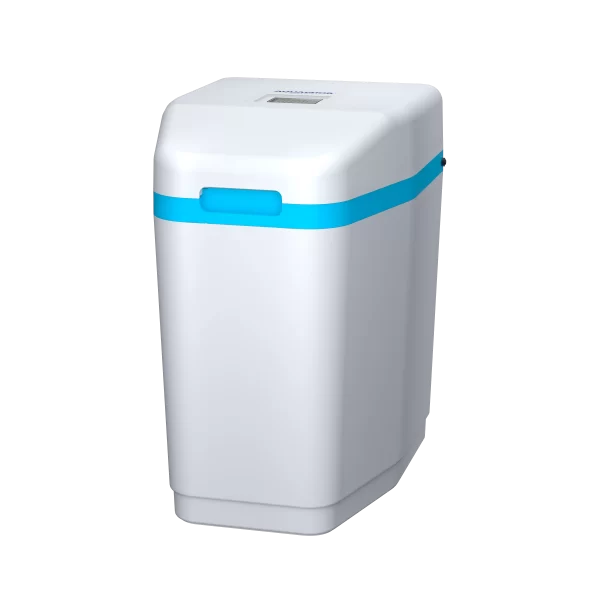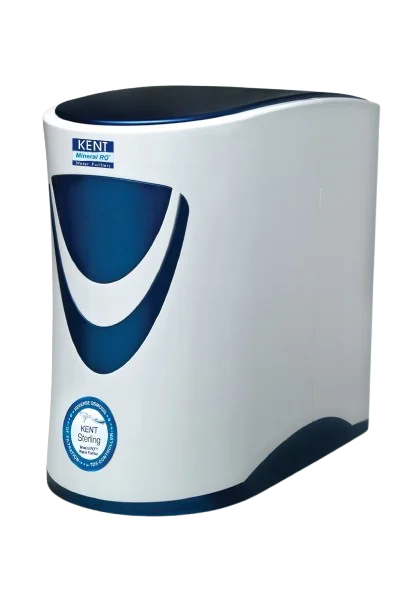Description
Introduction:
A Multimedia Filter is a water treatment system that utilizes multiple layers of filtration media to remove a variety of water contaminants. These filters are highly effective in improving water clarity, reducing suspended solids, and removing unwanted particles from both municipal and well water. Multimedia filters are used in whole-house filtration systems, industrial applications, and municipal water treatment plants to improve water quality.
Key Features:
- Multi-Layer Filtration Media:
- Multimedia filters use a combination of several types of filter media stacked in layers, each designed to target a specific group of contaminants. Common media include:
- Gravel: The bottom layer, provides support and helps in water distribution.
- Anthracite: A high-carbon form of coal that removes fine particles, suspended solids, and organic matter.
- Sand: The primary filtration layer for removing larger particles like dirt, silt, and sediments.
- Garnet: A denser medium that helps remove smaller particles and provides additional filtration depth.
- Activated Carbon (optional): Used to remove chlorine, VOCs, and improve taste and odor.
- Multimedia filters use a combination of several types of filter media stacked in layers, each designed to target a specific group of contaminants. Common media include:
- Efficient Particle Removal:
- The different layers of media are designed to remove particles of varying sizes, allowing the filter to tackle a broad range of contaminants, including sediment, turbidity, algae, and organic matter.
- Automatic Backwashing:
- Multimedia filters typically include an automatic backwashing system, which periodically reverses the water flow to clean the filter media. This helps restore the system’s efficiency and prevent clogging, requiring minimal maintenance.
- High Flow Rate:
- These filters are designed for high flow rates, making them suitable for large households, commercial applications, or municipal water treatment plants. Typical flow rates can range from 10 to 100 gallons per minute (GPM) or more, depending on the system’s design.
- Durability and Longevity:
- With proper maintenance, multimedia filters are durable and have a long lifespan, reducing the need for frequent replacements. The system’s robust design ensures reliability even under heavy usage.
- Customizable Media:
- The choice of media in a multimedia filter can be customized based on the specific needs of the water being treated. For example, some systems include specialized media for iron removal, heavy metals, or other specific contaminants.
Specifications:
- Tank Size:
- Standard sizes for residential multimedia filters are often in the range of 10” x 54” or 13” x 54”, though larger tanks are available for commercial or industrial use.
- Flow Rate:
- Flow rates typically range from 10 to 100 GPM, depending on the filter’s size and application. Larger systems are capable of handling even higher flows.
- Pressure Rating:
- Most multimedia filters operate under a pressure of 40-100 psi, depending on the specific model and design. This ensures that water flows efficiently through the media.
- Backwash Control:
- The system may include an automatic backwash control valve (e.g., Clack or Fleck valves) that ensures the filter media is cleaned regularly without requiring manual intervention. The backwash frequency typically ranges from every 3 to 7 days, depending on water quality.
- Filter Media Depth:
- Typically ranges from 30 inches to over 48 inches in depth, depending on the tank size and filtration needs.
- Inlet/Outlet Size:
- Commonly 1” or 1.5” connections, but larger systems may require 2” or 3” connections.
- Operating Temperature:
- Most multimedia filters are designed to operate in temperatures between 40°F to 100°F (4°C to 38°C).





